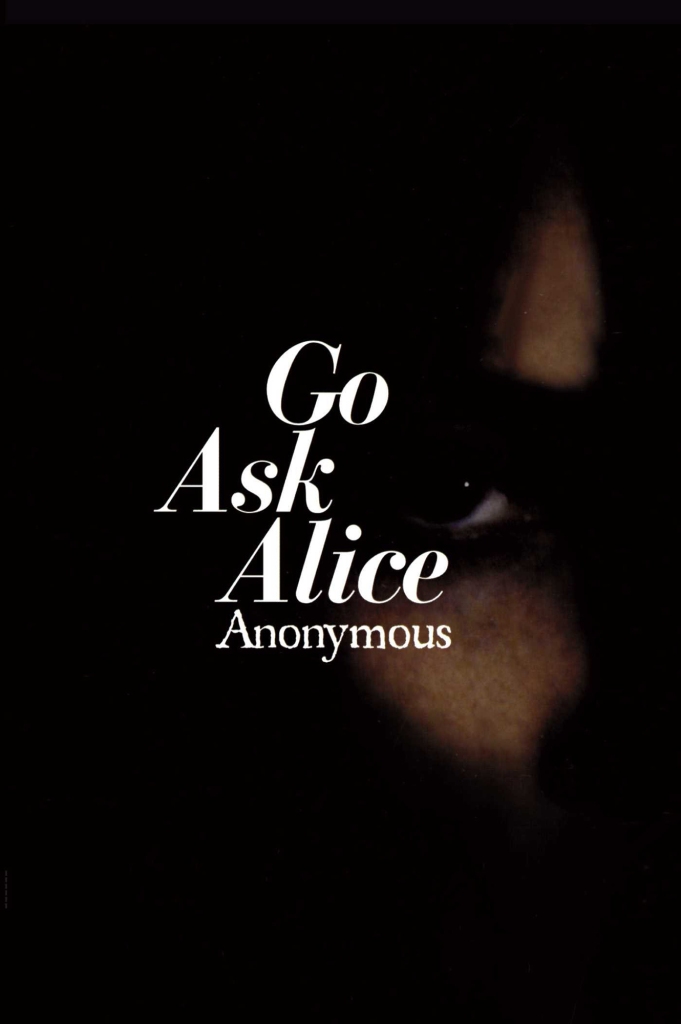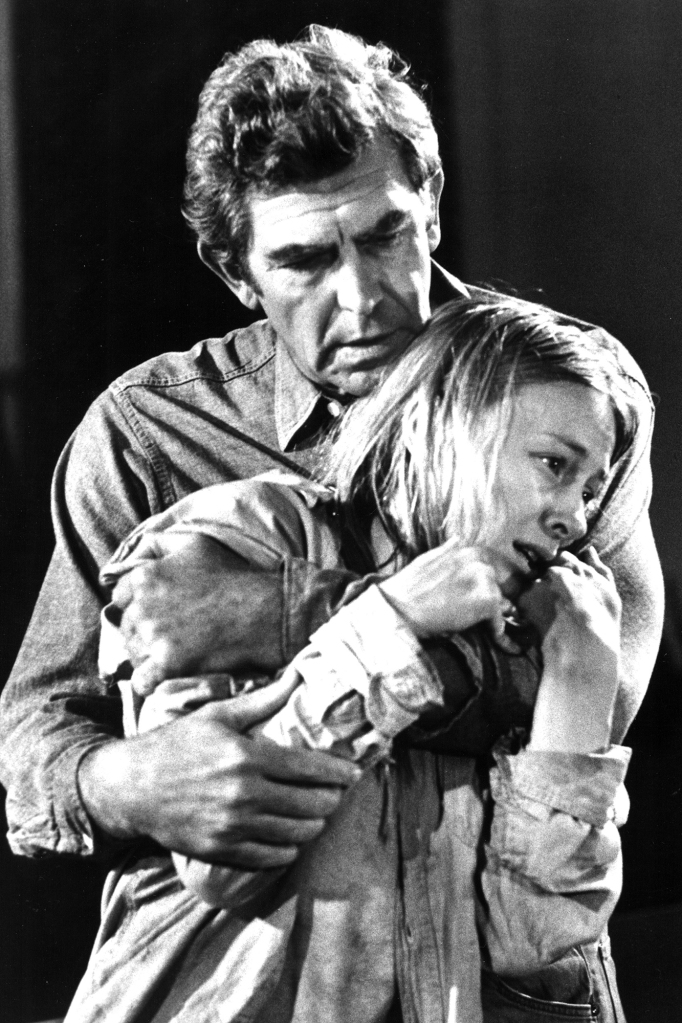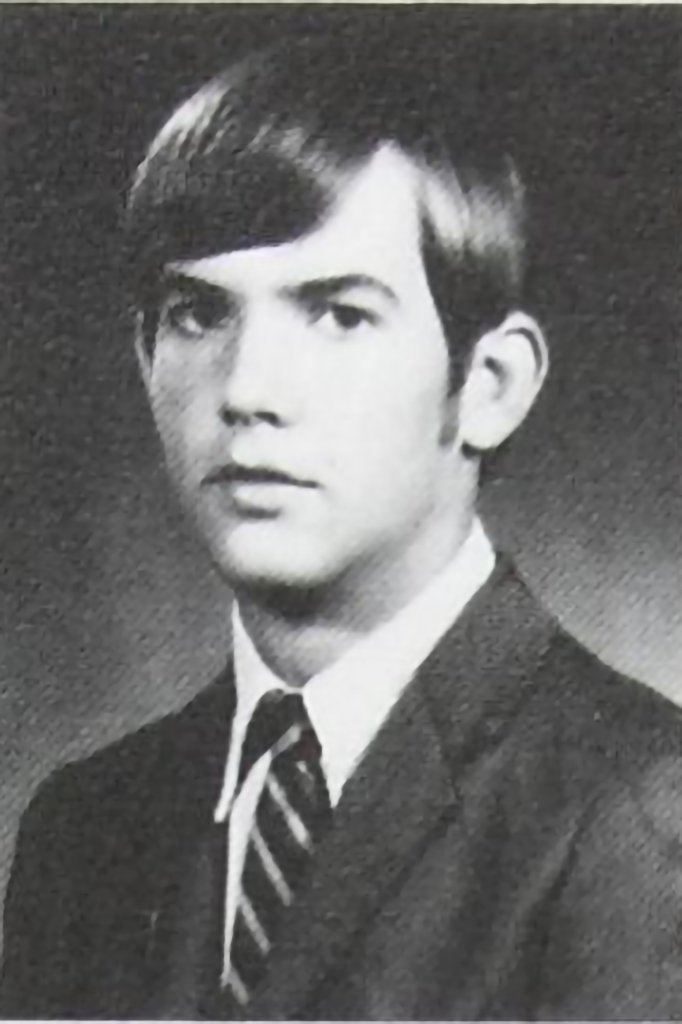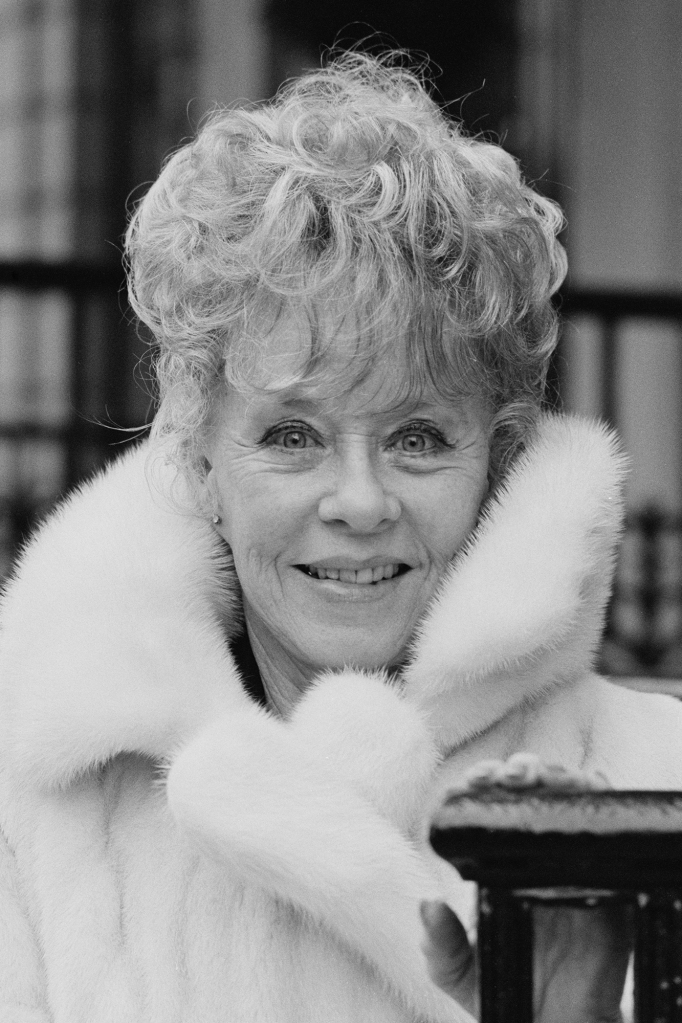‘Go Ask Alice’ diary was made up by a suburban housewife
In 1971, young-adult classic “Go Ask Alice” shocked readers with its frank depiction of an American girl’s descent into rampant drug addiction.
Billed as the “real diary” of an anonymous, white suburban teen, the book starts with the 15-year-old dabbling in psychedelics before plunging into heroin, homelessness, prostitution and eventual overdose.
“Another day, another blow job,” reads one entry.
“Today I sold ten stamps of LSD to a little kid at the grade school who was not even nine years old,” reads another.
One of the most censored books in school libraries, “Go Ask Alice” became a rite of passage for young American readers, fueling the War on Drugs and spawning a gritty new YA literary genre. It received top honors, including the American Library Association’s Best Books for Young Adults. Several critics favorably compared the memoir to Anne Frank’s “Diary of a Young Girl.”
More than 5 million copies later, the book continues to shock a new generation on #BookTok.
But to some, the trajectory of Alice’s downfall — from one acid-laced soda to shooting speed before trying marijuana — seems like uninformed anti-drug propaganda.
Retired radio personality Rick Emerson is one such reader. He was floored by the book in high school, but it failed to pass the smell test as an adult. In 2015, he looked into the background of the book’s mysterious copyright holder, a UCLA-trained therapist named Beatrice Sparks. The result of his seven-year investigation is “Unmask Alice” (BenBella Books), out now —the first full unraveling of the “Go Ask Alice” myth. It’s a story of ambition, deceit and a gullible public, hungry for morality tales.
Born in 1917 in Idaho and raised in Utah, Sparks left high school her sophomore year to work as a waitress after her father scandalized her Mormon community by abandoning his family. Sparks landed on her feet, marrying an oilman, a fellow Mormon who parlayed his earnings into real estate investments, and had three children. The Sparks family bounced from Texas to California before returning to Utah, where Sparks unsuccessfully tried to break into publishing.

Then on Oct. 4, 1969, everything changed. That morning, 20-year old Diane Linkletter jumped to her death from the window of her Los Angeles apartment after allegedly trying acid. Her grieving father, TV and radio host Art Linkletter, told the press, “She was murdered by the people who manufacture and sell LSD.”
The newspapers ran wild with Linkletter’s take: “LSD KILLED DIANE.” Later, when news of her clean toxicology report made the rounds, Linkletter blamed the jump on an “acid flashback.” President Richard Nixon — in the midst of launching his War on Drugs — invited Linkletter to the White House. Nixon knew that a story like this could galvanize the anti-drug movement more than any fact or figure could, explains Emerson.
It was the perfect moment for a book like “Go Ask Alice.”

Sparks already had Linkletter’s ear thanks to her brief ghostwriting gig with his short-lived record company venture, the Family Achievement Institute. When Sparks came to Linkletter with the story of a young woman who had gotten hooked on LSD and died, leaving behind a diary, Linkletter set up a meeting with publisher Prentice Hall.
The publisher saw the book’s potential. Along with Nixon’s new drug war, American teens were running away and using drugs in record numbers. Unverified stories of acid-spiked drinks routinely hit the media.
There were various red flags in Sparks’ story. She said there was one diary; other times there were two. She said there were audio tapes but refused to share them. Her credentials — she claimed she was a youth counselor, a psychotherapist and a child psychologist — seemed to change with each retelling of the story.
But the tale was too good to pass up. When a Prentice Hall editor heard the 1967 Jefferson Airplane song “White Rabbit,” she knew she had the title: “Go ask Alice, I think she’ll know.”

The publisher nixed any connection with Sparks. The fact that the author was anonymous only heightened the buzz. “Alice” could be anyone, even your daughter.
The media ran with it — everyone from The New York Times to the Library Journal presented the book as a verified teenager’s diary. A million copies sold nearly overnight. Avon Books published the paperback and two years later, in 1973, ABC aired a TV adaptation of the book. That, too, was a supersonic hit, with nearly a third of all US households viewing it.
But Sparks never got any credit.
“After thirty years of trying, Beatrice Sparks had changed the world. And nobody knew it,” Emerson writes. “Beatrice had been erased from her breakthrough.”

Desperate for acknowledgement, Sparks published a second book, “Voices,” with The New York Times publishing imprint Times Books, about her perspective as a professional counselor. The book tanked.
Then Sparks got a call that would change her life.
Marcella Barrett was still mourning the loss of her son, Alden, who shot himself in 1971. His notebook with 67 entries had remained in storage since his suicide.

Alden was a moody child — prone to depression and lovesick over a new girl whose parents didn’t approve of the match. His diary is punctuated with questions over his Mormon faith, the desire to grow his hair long, and diatribes against the Vietnam War.
“I am so lonely. I am so tired and so afraid. I am in need,” he wrote.
When Marcella saw an article about Sparks, who lived a few miles away and was also a Mormon, she decided to give the diary to her without any strings attached or money exchanged.
‘After 30 years of trying, Beatrice Sparks had changed the world. And nobody knew it.’
Author Rick Emerson about Sparks getting no credit for “Go Ask Alice”
In 1978, the book came out without Marcella’s knowledge. “Jay’s Journal,” also published by Times Books, featured a skull and a pentagram in shadow on its cover with a subhead that read: “The haunting diary of a 16-year old in the world of witchcraft.” This time Sparks got credit: “Edited by BEATRICE SPARKS, who brought you ‘Go Ask Alice.’”
Alden’s writing was reprinted in some parts and entirely fabricated in others. Some names were barely changed.

Alongside real lovelorn passages about his girlfriend, Sparks had added scenes of orgies, black magic and sacrificial kitten killings: “I hit her and kicked her and mauled her, sex was not enough, I wanted to hurt her!” reads one passage.
Sparks’ second teen “memoir” was a hit.
“This terrifying journal is not fiction,” began a review in the Chattanooga Times. “It’s a book that parents should read.”
Allegations of teenage occultism swept the nation. “Prior to Jay’s Journal ‘teen occult suicide’ was all but unheard of,” writes Emerson. “A decade later it was everywhere.”
Neighbors easily figured out that Alden was “Jay” and his grave became a destination for occult enthusiasts. Marcella put the headstone in storage — like she once did his diary — for a decade before it was safe to return it.

Sparks had clearly made up significant portions of “Jay’s Journal” — but how to prove it? Emerson found his smoking gun at the Sparks archives at Brigham Young University. Drafts of Alden Barrett’s journal were photocopied, altered by hand, and copied again with new sentences added in. Some “original” Alden entries included the pseudonyms used in “Jay’s Journal.”
“It was a clumsy, telling mistake,” Emerson writes. “Sparks couldn’t be bothered to forge correctly, much less dispose of the evidence afterwards.”
The next question was obvious: If Sparks did this with “Jay,” did she do the same with “Alice”?
Emerson looked into “Go Ask Alice’s” origins and found that Sparks did meet a troubled young woman in 1970, whom he calls “Brenda” to protect her privacy.

Brenda was uncomfortable in her own skin, hating her body and dismayed over having to wear dresses at Mormon camp. She was hospitalized at the Utah State Hospital for psychiatric treatment where Sparks worked as a volunteer, mending clothes and helping young people with their homework.
Brenda shared wild stories with Sparks about sex and drugs, while also introducing her to an invisible boyfriend named Steve. She was an unreliable narrator, to say the least.
In 2015, Emerson tracked Brenda down and found that she had overcome her drug addiction, attended college, and now works with at-risk communities. She has never read “Go Ask Alice.” Most tellingly, Emerson found no evidence that a diary of her teenager years ever existed.
“My sense is that it was a patchwork,” Emerson tells The Post. Some of “Go Ask Alice” came from direct talks with Brenda, some from letters Brenda wrote to a friend (who supplied these letters to Emerson), and the rest from news stories and Sparks’ own imagination. “It’s indisputable that large sections of ‘Go Ask Alice’ are just embellished and/or false.”
Sparks didn’t stop with “Alice” and “Jay.” She went on to “find” six other journals from anonymous teens.

“It Happened to Nancy,” published in 1994 during the height of the AIDS crisis, follows a teenager who is raped by a man with the virus and comes to term with her own diagnosis before her death. There’s 1996’s “Almost Lost” about Sammy, a homeless 15-year-old, and her final book, 2005’s “Finding Katie” about a traumatized, pathologically lying foster child adopted by a UCLA-trained therapist who sounds a lot like Sparks. All of these books were published by Avon, and “while none approached the sales of ‘Go Ask Alice’ (or even ‘Jay’s Journal’), each sold well enough to justify another book from Sparks,” Emerson says.
While Sparks continued to present herself as a UCLA-trained child therapist, Emerson found no evidence that she ever obtained a PhD. UCLA has no record of her attendance. He was only able to confirm a five-month enrollment at BYU in 1989.
In 2012, Sparks died at 95. Nine years later, Simon and Schuster, who acquired the rights in 1998, published the 50th anniversary of “Go Ask Alice.” The book is still billed as “a real diary” and the author is still listed as anonymous.
And Sparks will likely live on forever as a successful author — if not an infamous one.
As the final line of her book “Finding Katie” declares: “I am somebody! For eternity!”
Read the full article Here


